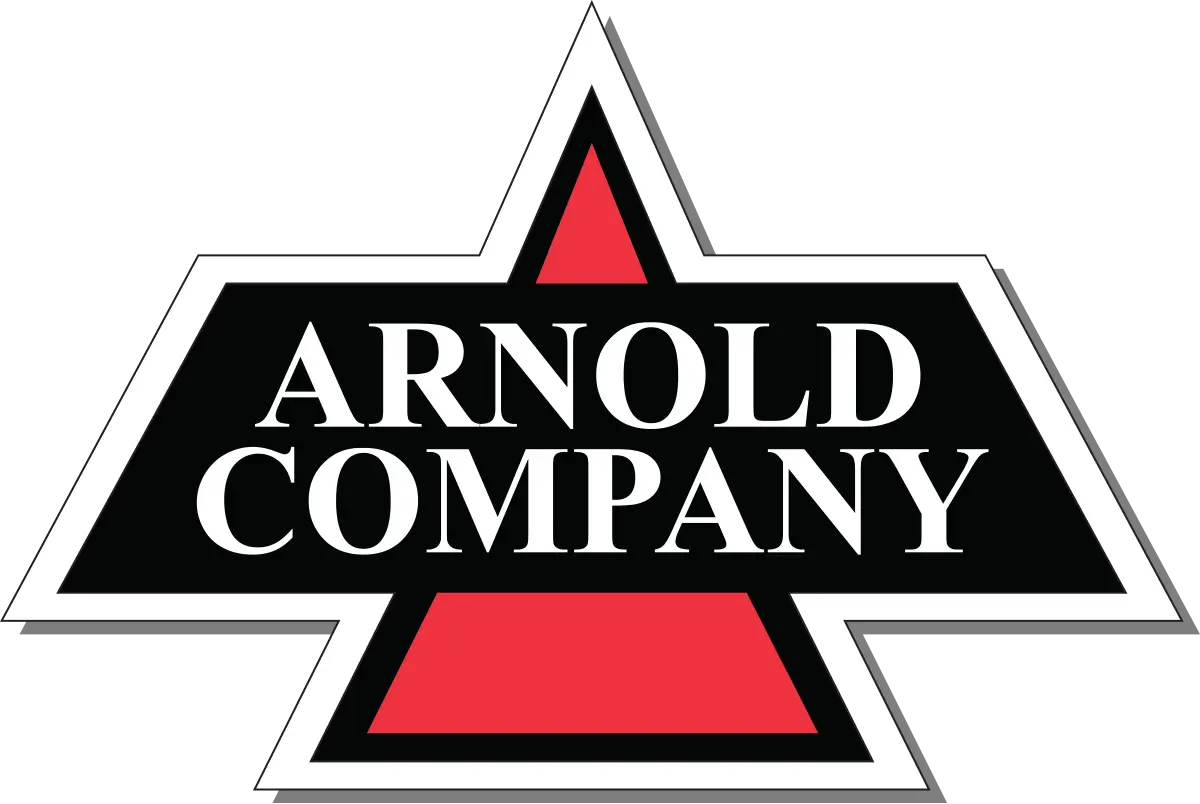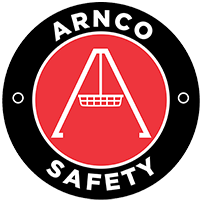Quick Reference to OSHA Regulations
Loading & Unloading Box Cars
1910.178(m)(6) as amended by OSHA Program Directive #100-63 (10/78) …
When a powered industrial truck is used to open freight car doors, and the truck is using an attached device specifically designed to open car doors, the violation of that part of 29 CFR 1910.178(m)(6) shall be considered “de minimus,” when the following requirements have been met:
a. The design of the door opening device shall require the force applied by the device to the door to be in a direction parallel with the door travel.
b. The operator is trained in the use of the door opening device and keeps the operation in full view.
c. Employees, other than the operator, stand clear while the door is being moved.

Freight Cars in General
1910.178(k)
(2) Wheel stops or other recognized positive protection shall be provided to prevent railroad cars from moving during loading or unloading operations.
(4) Positive protection shall be provided to prevent railroad cars from being moved while dockboards or bridge plates are in position.
1910.178(m) …
(6) A safe distance shall be maintained from the edge of ramps or platforms while on any elevated dock, or platform or freight car. Trucks shall not be used for opening or closing freight doors.
(7) Brakes shall be set and wheel blocks shall be in place to prevent movement of trucks, trailers, or railroad cars while loading or unloading. Fixed jacks may be necessary to support a semitrailer during loading or unloading when the trailer is not coupled to a tractor. The flooring of trucks, trailers, and railroad cars shall be checked for breaks and weakness before they are driven onto.
1910.30(a) …
(5) Positive protection shall be provided to prevent railroad cars from being moved while dockboards or bridge plates are in position.
1910.176(f) Rolling railroad cars. Derail and/or bumper blocks shall be provided on spur railroad tracks where a rolling car could contact other cars being worked, enter a building, work or traffic area.


